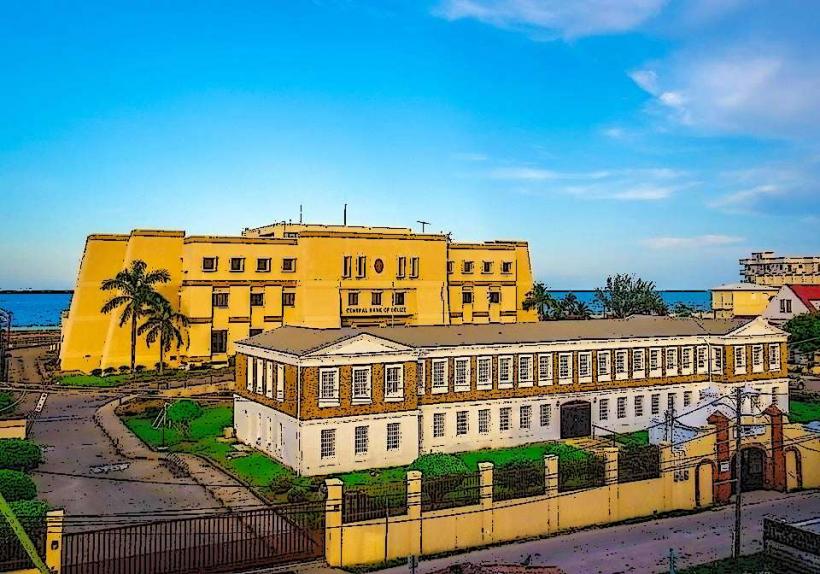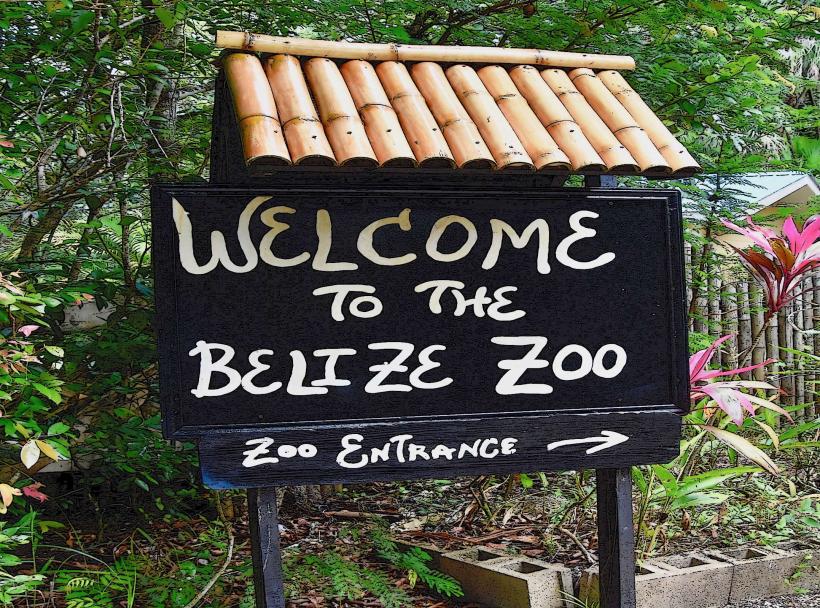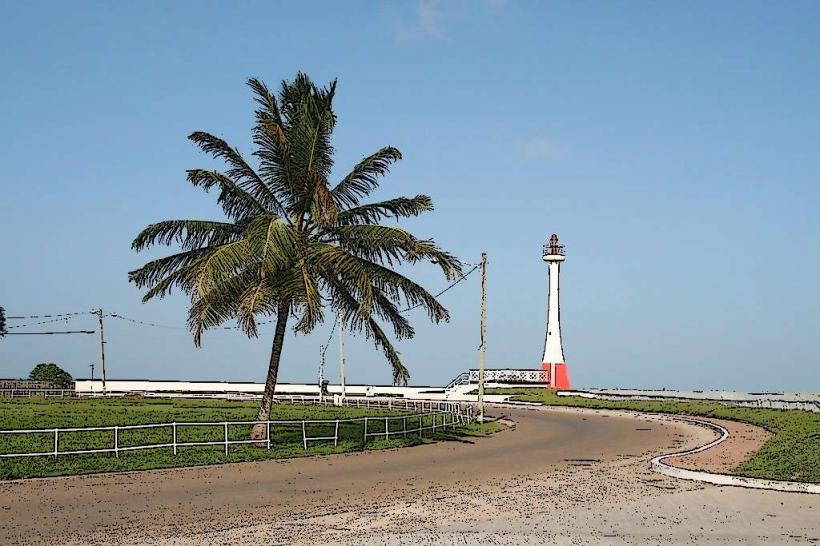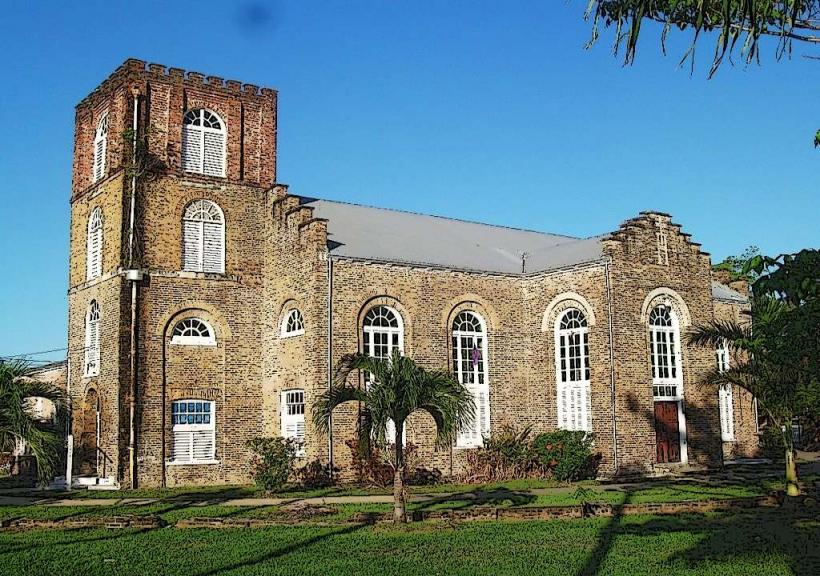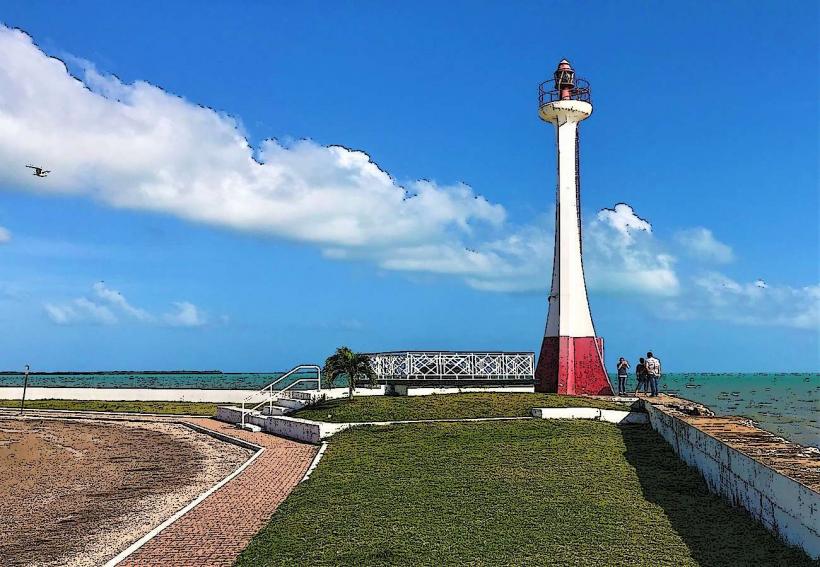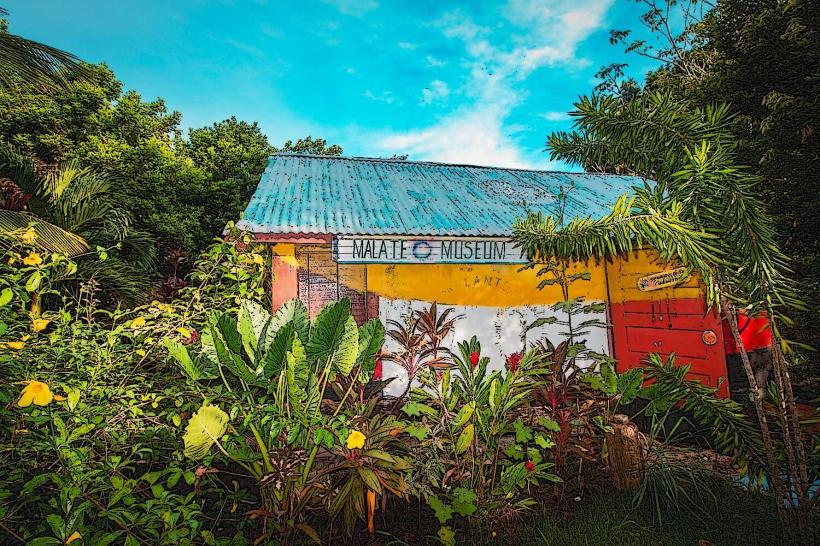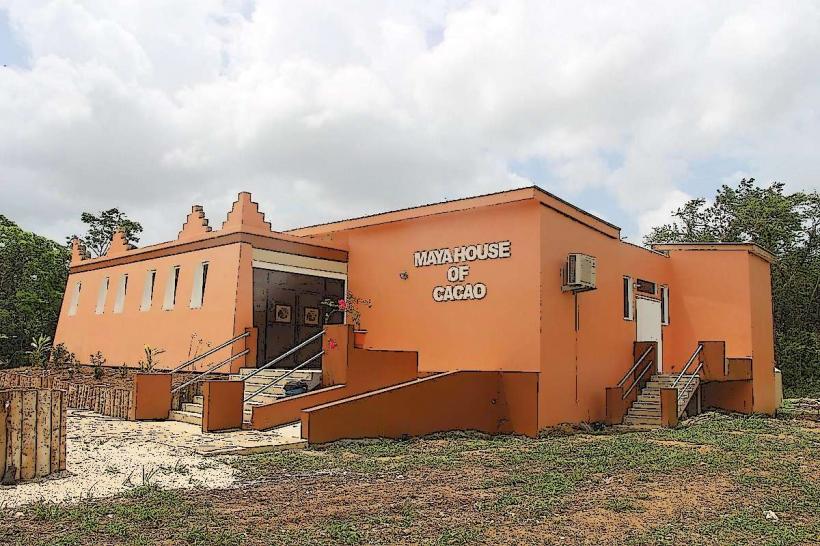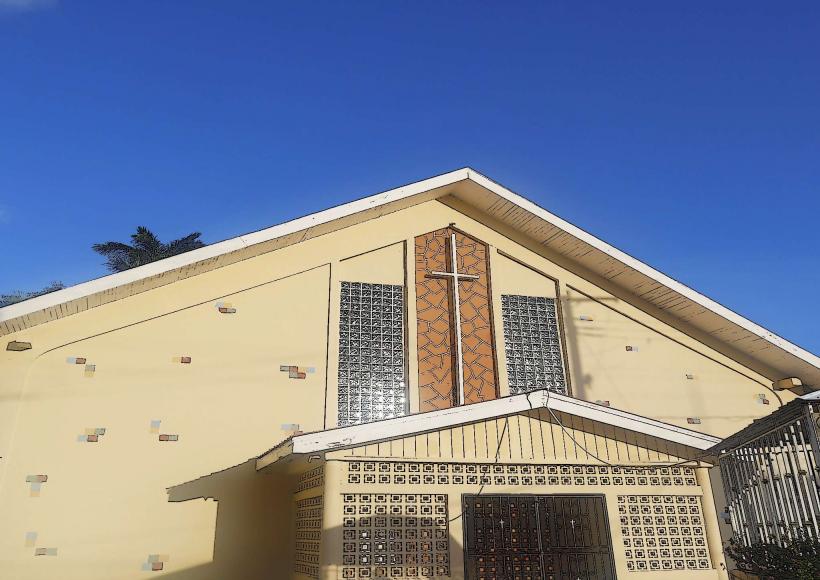Information
Landmark: Belize City Swing BridgeCity: Belize City
Country: Belize
Continent: North America
The Belize City Swing Bridge is one of the most iconic and historical landmarks in Belize City. This functional swing bridge has been a vital part of the city's infrastructure for over a century and serves as both a practical and historical symbol of Belize’s development as a port city.
Overview of the Belize City Swing Bridge
History
The Belize City Swing Bridge was constructed in 1923 during the British colonial period. It was built to connect the northern and southern parts of Belize City, allowing for the free flow of traffic, particularly goods and people moving across the city’s busy port area.
Prior to the construction of the Swing Bridge, there were only rudimentary crossings, and the city’s main traffic would have to navigate around the hauling routes and ferry crossings. The Swing Bridge was a significant improvement, as it allowed ships to enter the Belize Harbor without obstruction and provided a much-needed overland crossing for pedestrians and vehicles.
The bridge was built with metal components imported from Britain, and its design was inspired by other swing bridges of the era. The mechanism that allows the bridge to swing open for larger vessels to pass through is a crucial aspect of its engineering.
Design and Functionality
The Belize City Swing Bridge is a steel structure that spans the Haulover Creek, a canal that runs through the center of Belize City. It connects the northern side of the city, where the commercial and residential areas are located, with the southern side, which is home to the port and several key infrastructure components.
The swing mechanism of the bridge allows it to rotate horizontally along a central pivot to open and allow ships, particularly larger vessels, to pass through the canal. This mechanism is activated manually by a bridge tender, who operates the system based on maritime traffic needs. When a ship approaches, the bridge swings open, allowing it to pass, and then it is closed again to resume road traffic.
The bridge spans approximately 90 feet (27 meters) across Haulover Creek and has a classic look with arched steel girders and metal railings. Over time, it has received various updates, but its fundamental design and function have remained intact.
Significance
The Swing Bridge has always been an important part of Belize City’s commercial infrastructure, especially considering the importance of maritime trade in the development of Belize’s economy. The city’s status as a port town means that vessels regularly navigate the Haulover Creek, making the Swing Bridge a crucial part of the city’s daily functioning.
The bridge also holds historical significance as a reminder of Belize City’s colonial past and the early engineering feats of the 1920s. It is one of the few remaining functional swing bridges in Central America and stands as a symbol of the city’s early urban development.
Furthermore, the Swing Bridge represents the historical importance of British colonial rule in shaping the city’s architecture and infrastructure, as many of the city’s key landmarks were influenced by British engineering and design.
Recent Restoration and Maintenance
The Swing Bridge has undergone periodic restorations to maintain its functionality and structural integrity. As of recent years, the bridge is being preserved and maintained to ensure that it can continue to serve as both a transportation route and a historical landmark.
The Belize City Swing Bridge was closed for restoration at various times, most recently in the 2000s, to address wear and tear. This process included repairs to the steelwork, painting, and replacing components that had deteriorated over the years.
Visitor Experience
The Belize City Swing Bridge is an active, working bridge, so it’s a great spot for visitors to watch the fascinating process of the bridge opening and closing. Tourists can observe the bridge tender in action and learn about the bridge’s role in Belize’s maritime trade.
The area around the bridge offers great photo opportunities, with views of the canal and nearby buildings. It is also located near other important attractions such as St. John’s Cathedral and the Museum of Belize, making it a convenient stop for visitors exploring Belize City.
In addition, the Haulover Creek area is a popular spot for boating and kayaking, and visitors can enjoy the scenic views of the Creek and the harbor while learning about the city’s maritime history.
Nearby Attractions
The Museum of Belize: This museum, located not far from the Swing Bridge, is a great place to learn about the history of Belize, including its colonial past, Maya heritage, and modern cultural developments.
St. John’s Cathedral: Located in the heart of Belize City, this historic Anglican cathedral is one of the oldest in Central America and offers a glimpse into the religious and colonial history of Belize.
Bristol and Queen’s Park: These parks, located near the Swing Bridge, offer a green space for relaxation and are great for enjoying views of the city and the water.
Conclusion
The Belize City Swing Bridge is not only an essential transportation route for Belize City but also a significant historical landmark. Its blend of functionality, engineering, and cultural importance makes it a must-see for visitors interested in learning about the city’s colonial history and its development as a port town. The swinging mechanism is a fascinating process to witness, and the bridge offers beautiful views of Haulover Creek and the surrounding areas.

